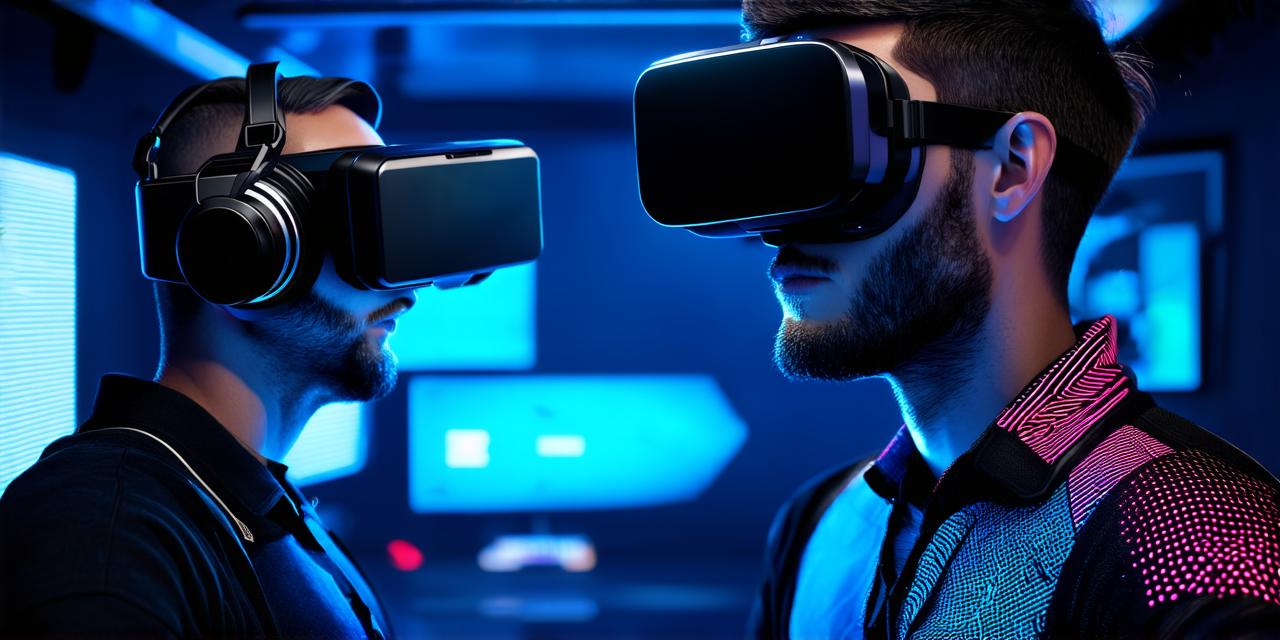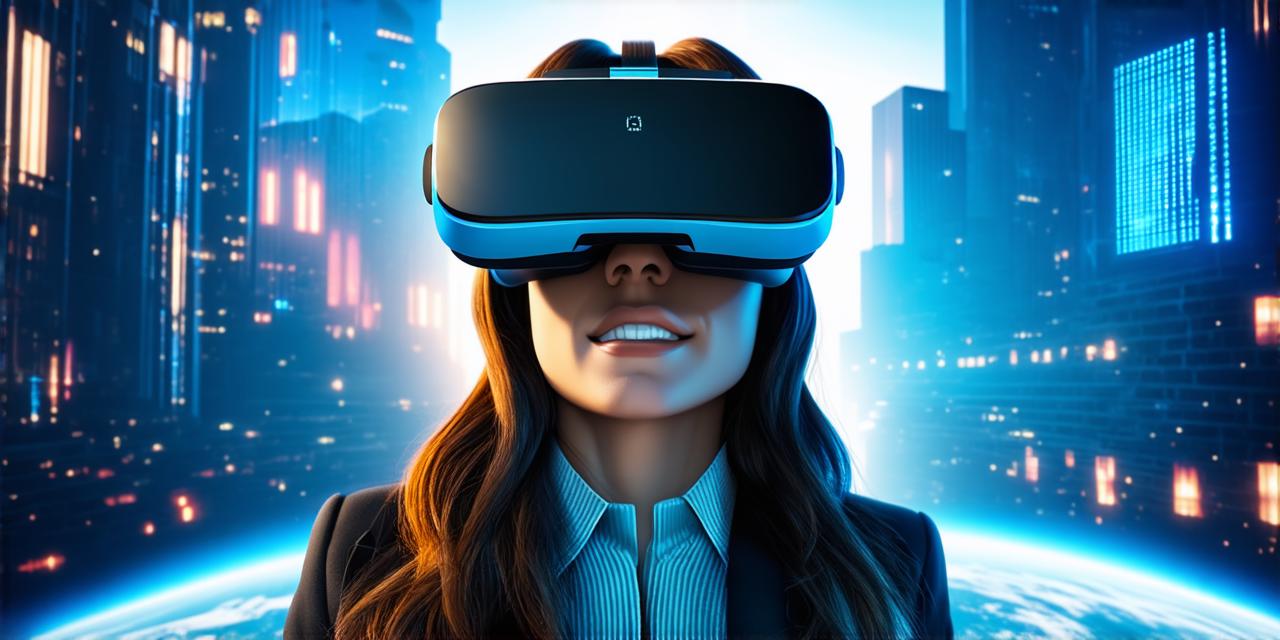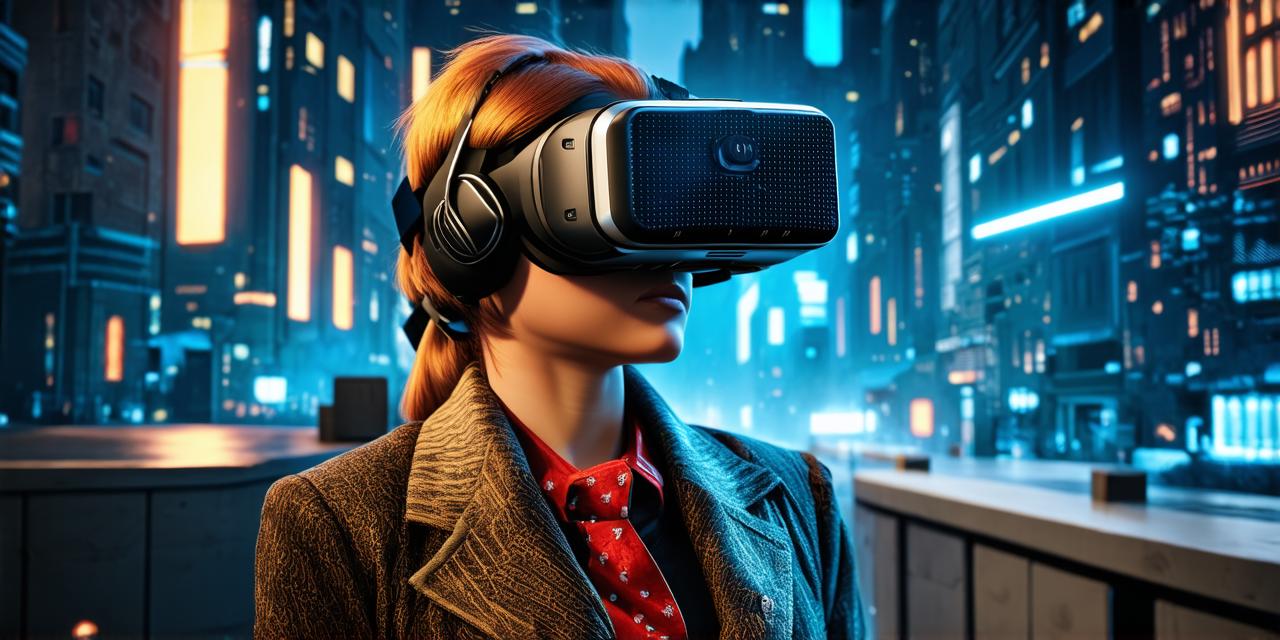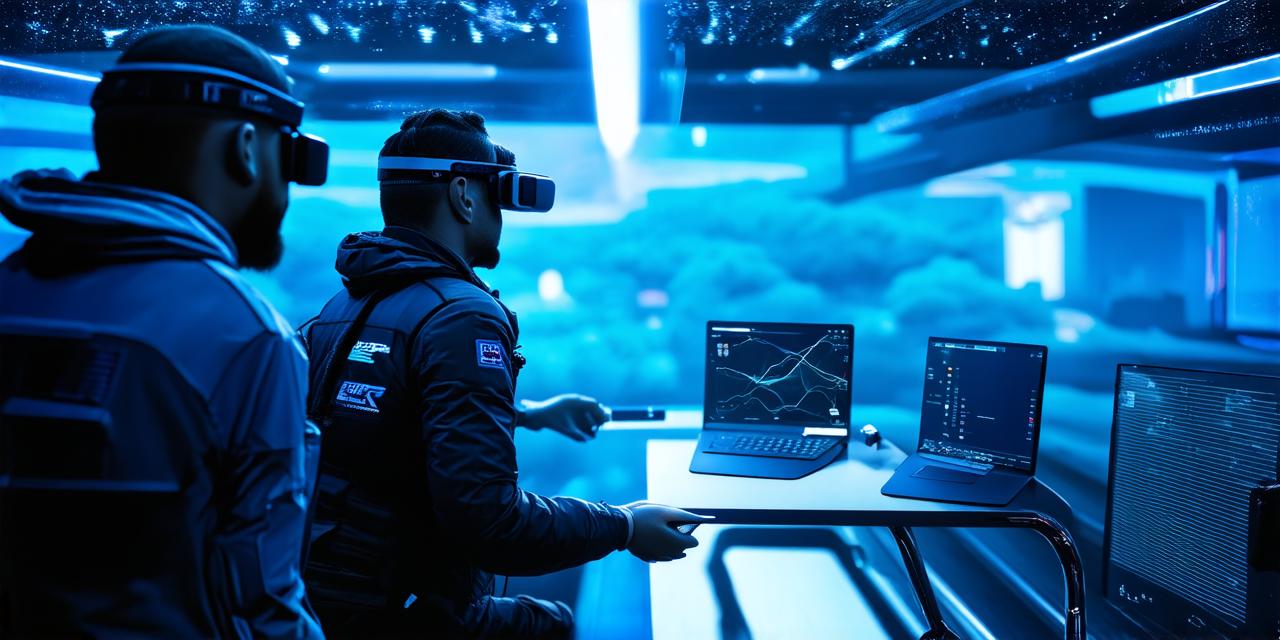Virtual reality (VR) refers to a computer-generated simulation of a 3D environment that can be interacted with in real time using special electronic devices, such as headsets or gloves equipped with sensors.
This technology allows users to experience immersive and interactive environments that simulate real-world scenarios or create entirely new ones.
Virtual reality technology has been around for several decades, but it is only in the last few years that it has become more accessible and affordable, thanks to advancements in hardware and software. Today, virtual reality is used in a variety of fields, including gaming, entertainment, education, medicine, and more.
How does virtual reality work?
Virtual reality works by tracking the movements of the user’s body and using that information to update the simulation in real time. This is typically done using sensors, such as accelerometers or gyroscopes, which are built into the VR headset or gloves. These sensors measure the user’s movement and send that data to a computer, which then updates the simulation accordingly.
In addition to tracking movement, virtual reality technology also uses advanced graphics and rendering techniques to create highly realistic 3D environments. These environments can be customized to suit the needs of the application, and can range from simple 2D images to complex, fully interactive 3D simulations.
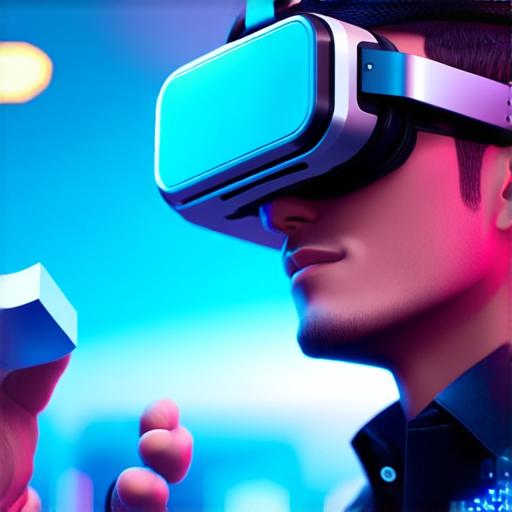
What are the benefits of virtual reality?
Virtual reality technology offers a number of potential benefits, including:
- Improved immersion and engagement: Virtual reality can create highly immersive environments that can engage users in ways that traditional media cannot. This makes it an ideal tool for education, training, and simulation applications.
- Enhanced collaboration and communication: Virtual reality allows multiple users to interact with the same environment simultaneously, making it an excellent tool for collaboration and communication. This is particularly useful in fields such as architecture and engineering, where designers can work together in virtual environments to visualize and test designs in real time.
- Increased accessibility: Virtual reality technology can make it possible for people with disabilities or those who live in remote areas to experience and interact with environments that they may not have been able to otherwise.
- Reduced costs: Virtual reality can be an effective tool for reducing costs in a number of ways, such as by eliminating the need for physical prototypes or by allowing for more efficient training and simulation.
What are some common applications of virtual reality?
Virtual reality technology is used in a wide range of applications, including:
- Gaming: Virtual reality gaming offers a highly immersive and interactive experience that can transport players to new and exciting worlds.
- Entertainment: Virtual reality technology can be used to create highly realistic and immersive entertainment experiences, such as virtual concerts or movies.
- Education: Virtual reality can be an effective tool for teaching a wide range of subjects, from history and science to language learning and art.
- Training and simulation: Virtual reality can be used to simulate real-world scenarios, such as flight training or military exercises, allowing for safe and controlled practice.
- Architecture and engineering: Virtual reality can be used to visualize and test designs in virtual environments, making it easier to make changes and improve the final product.
In conclusion, virtual reality is a powerful tool that can offer a range of benefits in a variety of applications. As the technology continues to evolve and become more accessible, we can expect to see even more exciting uses for virtual reality in the future.
